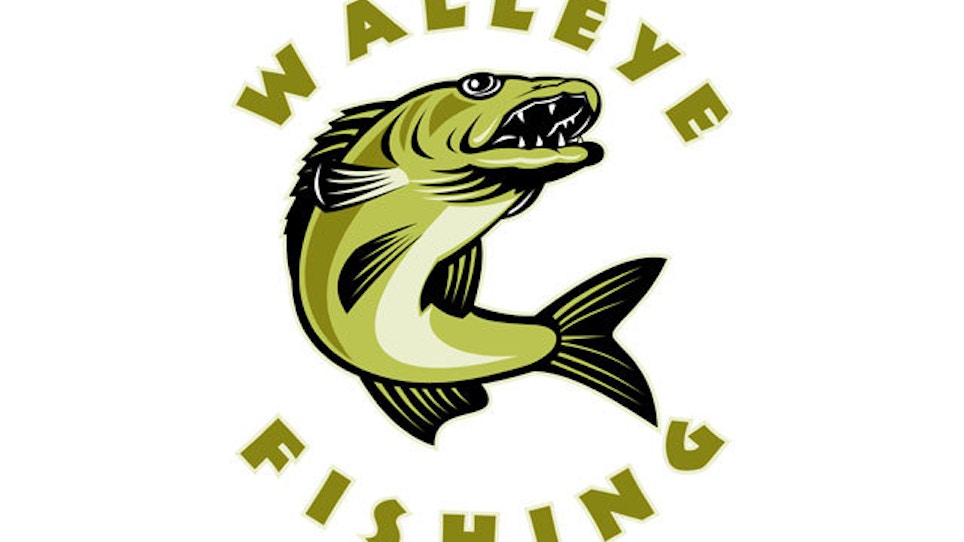By BLAKE NICHOLSON | Associated Press
BISMARCK, N.D. (AP) — A four-year study of walleyein Lake Oahe is only halfway done but already is yielding results that should prove valuable to both wildlife officials and anglers.
Officials are gaining new information about how fish move, how long they live and what proportion of them are ending up on anglers' hooks. The goal is to use that information to further improve the quality of the popular Dakotas fishery.
“Are anglers using the fishery wisely, without detriment, or are there maybe some additional regulations we might put in place to make the fishery better?” said Paul Bailey, a district fisheries supervisor with North Dakota's Game and Fish Department. “This will give us some pretty good scientific information to make those determinations.”
Paid for through a tax on fishing and boating gear, the $500,000 study is the first time agencies in the two states have collaborated to look at the Missouri River reservoir that stretches from northern South Dakota into southern North Dakota. Biologists with the state wildlife agencies are putting metal tags in the jaws of 40,000 walleye over four years and asking anglers to report the tag number on any of the fish they catch. Some of the fish have special reward tags that anglers can turn in for $100, to encourage participation.
Anglers have reported catching about one-fifth of the 17,000 walleyes that were tagged in the first two years of the study.
The first two years have revealed some interesting fish movement patterns, according to Bailey. For example, fish tagged in North Dakota moved greater distances than those tagged in South Dakota. That could be due to the fact that the lake's northern reaches have less steep shorelines, and drops in water levels might displace fish more easily, he said.
Fish in the northern reaches also might have to move greater distances to find spawning habitat and food, according to Mark Fincel, senior biologist with South Dakota's Game, Fish and Parks Department.
The study also is finding that walleye in the spring follow warming water, rather than conduct an organized migration.
“Fish have an equal chance of moving up or downstream from where they're tagged,” based on water temperatures, Bailey said.
“The most pleasant thing we're seeing this year is that walleye conditions have improved quite a bit,” he said. “Walleye put on some growth last year for the first time, really, since the flood of 2011. The forage has improved, and walleye condition has improved.”
Once researchers have another year's worth of data in hand, they can start running computer models of the potential effects of various regulations and natural events such as declining prey fish, according to Fincel.
“We'll really be getting into fine-tuning management for specific conditions on Oahe,” he said.
Information gleaned from the study eventually will be made public and could benefit anglers, as would an overall improved fishery, Bailey said.
___
Follow Blake Nicholson on Twitter at: http://twitter.com/NicholsonBlake






